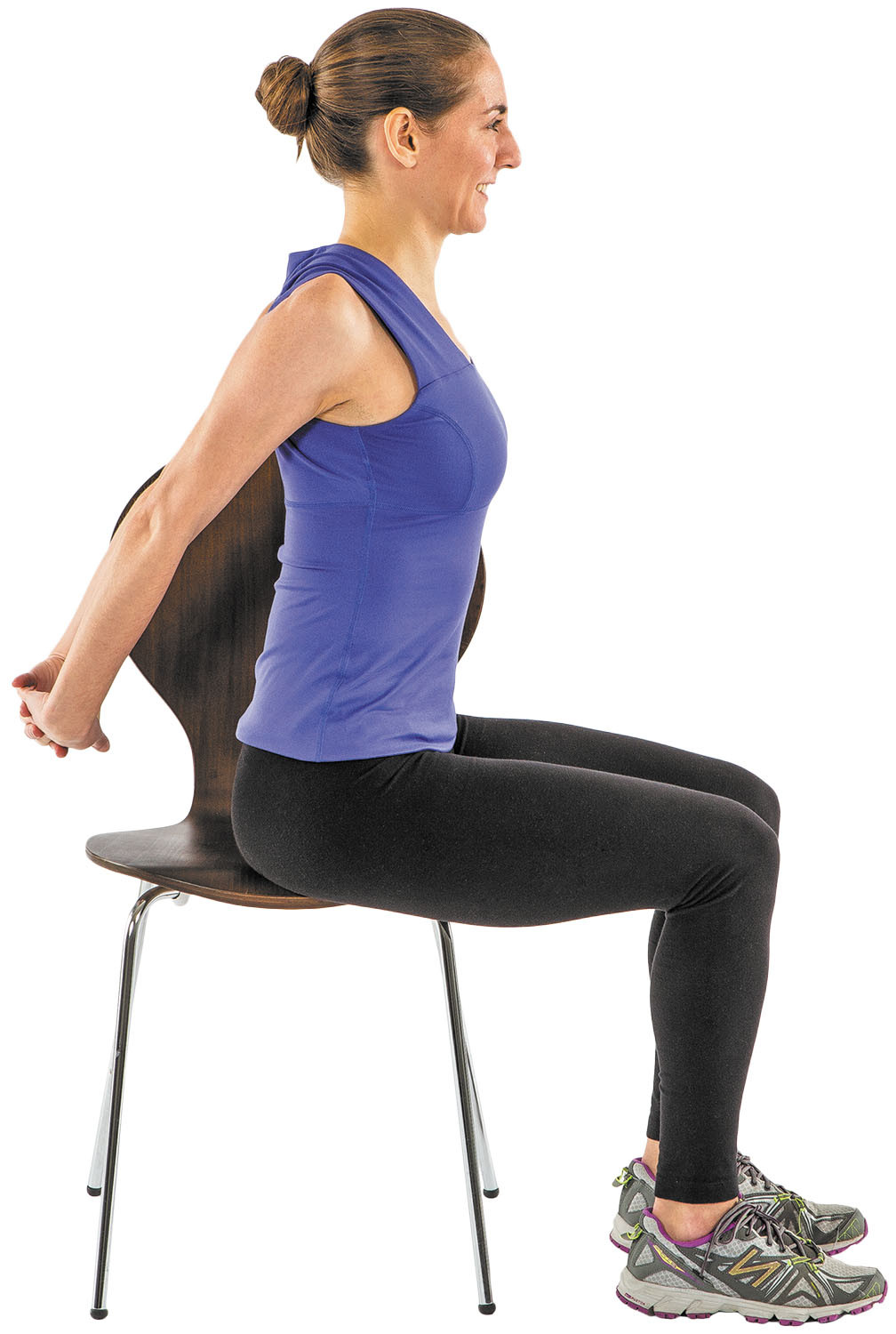Even if your posture has been bad for years, it is possible to make improvements.

Rounded shoulders and a hunched posture may seem as if they were carved in stone when we reach a certain age, and you may feel that you have missed the opportunity to have a good posture. But there is a good chance that you can still stand correctly and straight.
It is not as difficult as you think. Achieving a better posture is often just a matter of changing your activities and strengthening your muscles.
What causes posture problems?
Bad posture is often due to today’s habits, such as working in front of a computer, slouching in an armchair while watching television or spending time watching the cell phone screen. Bad posture could also be due to many hours spent transporting heavy objects (such as equipment at work, grocery bags, backpacks or a heavy bag).
All these activities can make you bend over or move your shoulders forward. This stretches too much and weakens the muscles in the back of the shoulders, and shortens the muscles in the front of the shoulders and in the chest. Gravity then drops the muscles forward, because the muscles are too weak to lift again.
If the central muscles of the back and abdomen have weakened due to inactivity, that can also cause you to lean forward. Those muscles are crucial to lift your body and keep you in an upright posture. Another cause of poor posture comes from broken bones in the back. People with brittle bones (osteoporosis) may experience compression fractures when the back bones (vertebrae) are not strong enough to withstand the burden imposed on them. The bone begins to collapse in the front, the part closest to the chest. As the collapsed vertebrae accumulate, the column is rounded and bent forward, a condition called widow’s hump (dorsal kyphosis).
Consequences of poor posture
Sometimes people ask themselves: why should I change my position ?, not giving it great importance. But one of the most important things that happens with a hunched posture, is that your center of gravity moves forward. This increases the risk of falls.
Bad posture can also cause back or neck pain, headaches, shortness of breath or trouble walking. Back and neck pain are usually the most common, directly affecting our quality of life.
Exercise: Sitting chest stretch
Sit straight on your side in a chair. Put your hands behind you and close your fingers, palms open towards your back. Raise your hands up until you feel the point of tension. Hold 10 seconds and return to the starting position. I repeated two to four times.
Improve your posture
If you have a spinal cord injury or have had surgery to fuse or remove bones from your back, there may be some limitations to improve your posture.
Otherwise, you can always always correct the posture, even if you had broken vertebrae (once they have healed and your doctor tells you that you are well). In that case, you should try to prevent fractures in other segments of the back, We can not change the bones, but we can change the muscle mass.
Tips to stand upright
The key to correcting a bad posture is to strengthen and stretch the muscles of the upper back, chest and center (abdominal, lumbar, pelvic, buttock and deep spine muscles).
Shoulder strengthening exercises include scapula squeezes (squeezing the shoulder blades for 30 seconds at a time) and rowing movements (using a resistance band to pull the elbows as if you were rowing).
Center strengthening exercises include modified anaerobic plates (in which a flexion position is maintained while resting on the elbows) or simply tighten the abdominal muscles and pull the navel towards the spine.
An easy way to stretch the chest muscles: just place your arms behind your back, grab both elbows (or forearms if it is as far as you can go) and hold the position.
You also have to work in the posture while doing everyday activities. A simple exercise when you are sitting (even watching TV): Put a rolled towel behind your shoulders. It makes you sit straight so that the towel does not fall.
I also reduced the activities that led to poor posture. Take a break from the computer and television, and exercise more. In six to 12 weeks you will probably see an improvement in your posture.

